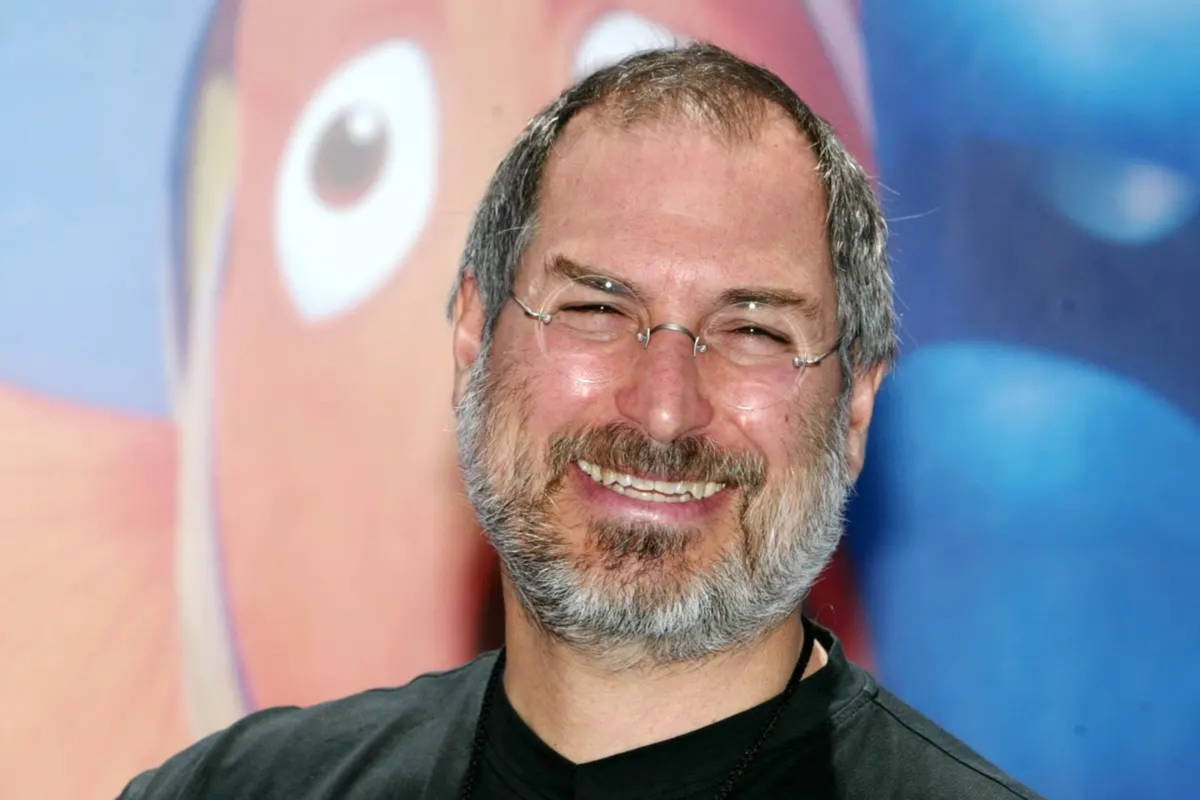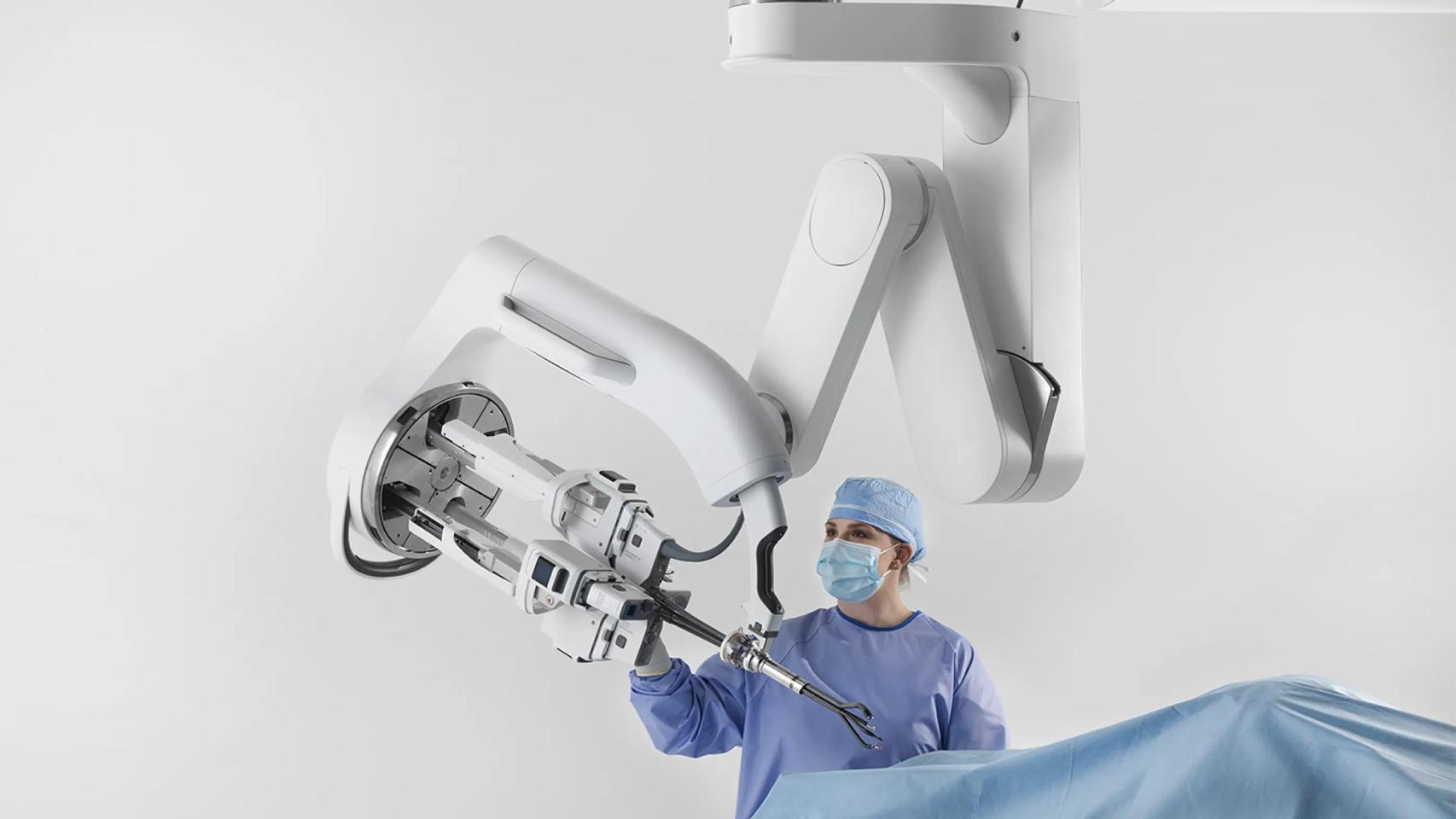Tim Berners-Lee invented the modern internet in 1990 thanks, in part, to a machine designed by Steve Jobs. With the help of Belgian Robert Cailliau, working at the highly advanced CERN institute in Geneva, they fashioned between March and December the same HTTP-based information management system that Google uses today. “What you see is what you get,” Tim recalled in his own journals.
A sexy tech advocate
“It was a great computing environment overall. In fact, I could do in a few months what would take over a year on other platforms, because in the NeXT many of these things necessary for me were already done. There was an app builder to set up all the menus as fast as you could dream of.”
This is how Tim Berners-Lee describes his interaction and relationship with a NeXTcube for 7,995 dollars, the equivalent (approximately) of around 20,000 current dollars, a team equipped with a wild Morotola 68040 processor at a speed of 25 MHz and 8 MB of RAM. Quite a revolution for the time. A machine with which he could think and design his World Wide Web, the father of our current internet.
As he also recalls in one of his diaries, all this was possible thanks to a revolutionary and innovative machine, a system that would be the basis of macOS and which would simplify the implementation of new technological tools:
NeXT was awesome. NeXT had a lot, maybe too much, introduced at once: removable optical storage, Objective C, DSP for sound and movies, Mach kernel, UNIX PC, Screen Postscript, InterfaceBuilder, etc. Yes, they never lowered the price and the optical drives proved to be unreliable. But Steve and NeXTStep ended up saving Apple […].
The grandfather of the modern internet… and the father of macOS

Your letter is full of flattery and references to the “sexy” mentality of approaching and implementing technological development. But above all, how NeXT facilitated what was complex for everyone: automatic configuration, process simplification.
Programming the WorldWideWeb client was remarkably easy on the NeXT. There was already a software module, the Text Object, which was an editable multi-source editor. I just had to subclass it to make it a hypertext object and add the internet code. Designing the application menus was trivial: just drag and drop with InterfaceBuilder. The application code framework was automatically generated. It’s a platform: something that allows you to build things that otherwise would have been possible but at the cost of a lot of work.
As Berners-Lee himself recalls, he first had to convince management to make such a high expense. But Mike Sendall approved the purchase of the NeXT, which allowed Tim to work much faster and write the global hypertext system in five times less than the estimated time. Steve Jobs may have nothing to do with bitcoins, but a bit of his genius is present every time we open Safari – or any other browser – and use the internet.
Coverage | 1: Tim Berners-Lee’s own capture during the process. 2: Wikipedia (1); photograph of a specimen from the Bolo Museum, EPFL, Lausanne.
In Applesphere | It was NeXTSTEP, Steve Jobs’ other “Apple” operating system that we all unknowingly use









